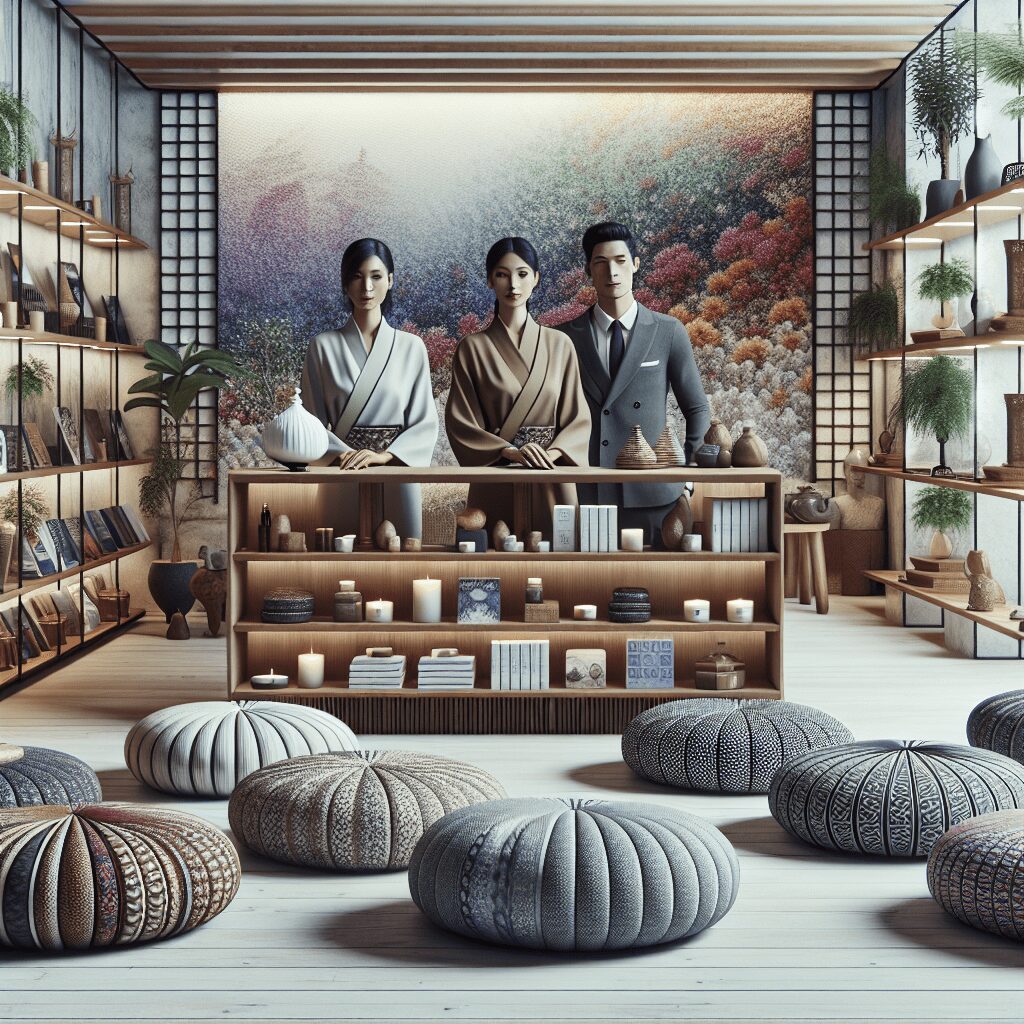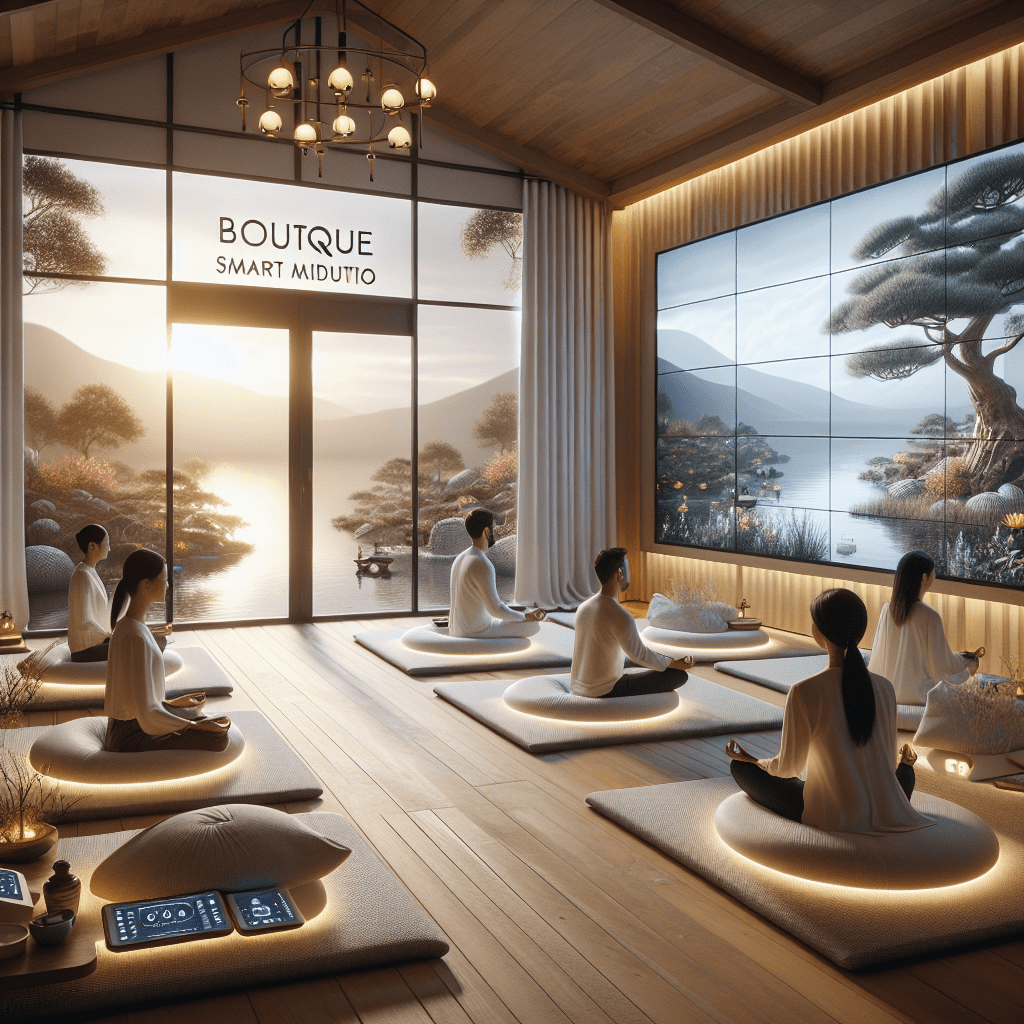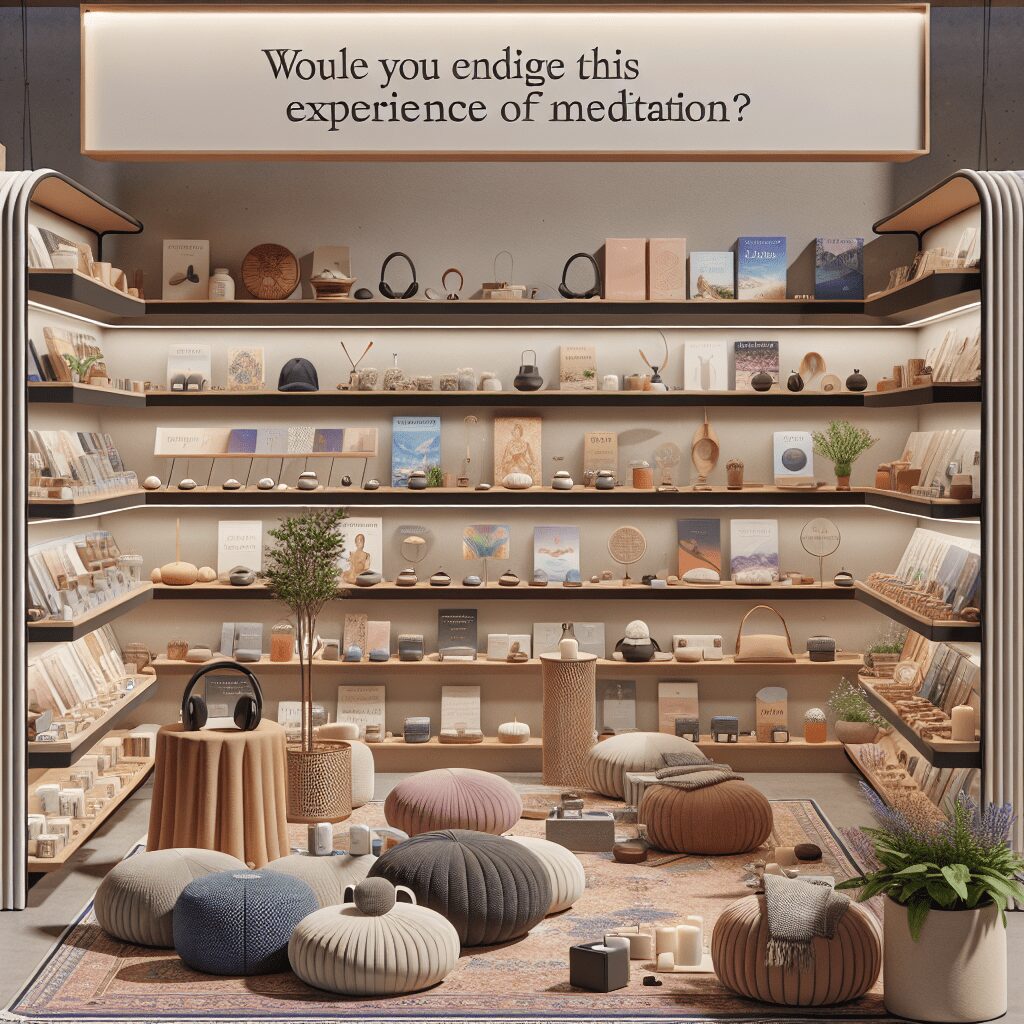
Prioritize your mental well-being daily. Enhance your life by nurturing your mental health with the Smart Meditation app. Break free from stress, alleviate anxiety, and enhance your sleep quality starting today.
Do Buddhist Monks Meditate On Cushions?
Unveiling the Zen Essence: Do Buddhist Monks Meditate on Cushions?
In the serene embrace of a monastery, where the air is thick with incense and the sound of chanting reverberates, you’ll find Buddhist monks deeply immersed in meditation. A quintessential image that often comes to mind is a robed figure, legs crossed, eyes half-closed, seated on a cushion. This begs the question, do Buddhist monks actually meditate on cushions, or is this just a picturesque stereotype?
The Sacred Tradition of Seated Meditation
First things first, meditation isn’t just a fly-by-night trend for these devoted individuals; it’s the bread and butter of their spiritual practice. The act of meditating, especially within the Zen Buddhism tradition, isn’t just about finding a comfy spot to sit. It’s about achieving a state of mindfulness and enlightenment, about connecting with the inner self and the universe at large. And guess what? Those cushions play a critical role in this journey.
Zafus and zabutons, the traditional cushions used in meditation, aren’t just fancy accessories. They’re thoughtfully designed tools that aid meditators in maintaining the proper posture for prolonged periods. The zafu, a round cushion, elevates the hips, allowing for a more stable and comfortable lotus or half-lotus position. The zabuton, on the other hand, is a rectangular mat that cushions the knees and ankles. Together, they’re like Batman and Robin for meditation – a dynamic duo that supports and enhances the practice.
More Than Just Sitting Pretty: The Cushion’s Role
So, do Buddhist monks really spend their meditation sessions perched atop these cushions? You bet they do, but it’s more than just sitting pretty. The use of cushions is steeped in practicality and tradition. Here’s why: 1. Posture Perfection: Proper posture is crucial in meditation. The spine needs to be straight, and the body comfortable yet alert. Cushions help achieve this by providing support and alleviating pressure on the legs and back. 2. Mindfulness Booster: By minimizing physical discomfort, cushions enable monks to focus on their meditation practice, enhancing mindfulness and concentration. 3. Symbolic Significance: Beyond the practical, cushions also hold symbolic meaning. They represent the commitment to meditation as a foundational practice in the pursuit of enlightenment.
Wrapping It Up
While it’s tempting to think of meditation cushions as mere accessories, they’re anything but. For Buddhist monks, they’re indispensable tools that support the physical body and facilitate the inner journey toward mindfulness and enlightenment. So, next time you envision a monk meditating, don’t just see the cushion as a prop. Recognize it for what it truly is – an essential element of a deeply spiritual practice.
Whether you’re a seasoned meditator or someone contemplating taking up the practice, remember, it’s not about the cushion itself, but about the posture, the practice, and the path to inner peace. And hey, if a cushion helps you get there, why not embrace it with open arms (and crossed legs)?





